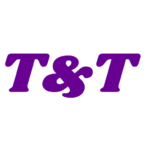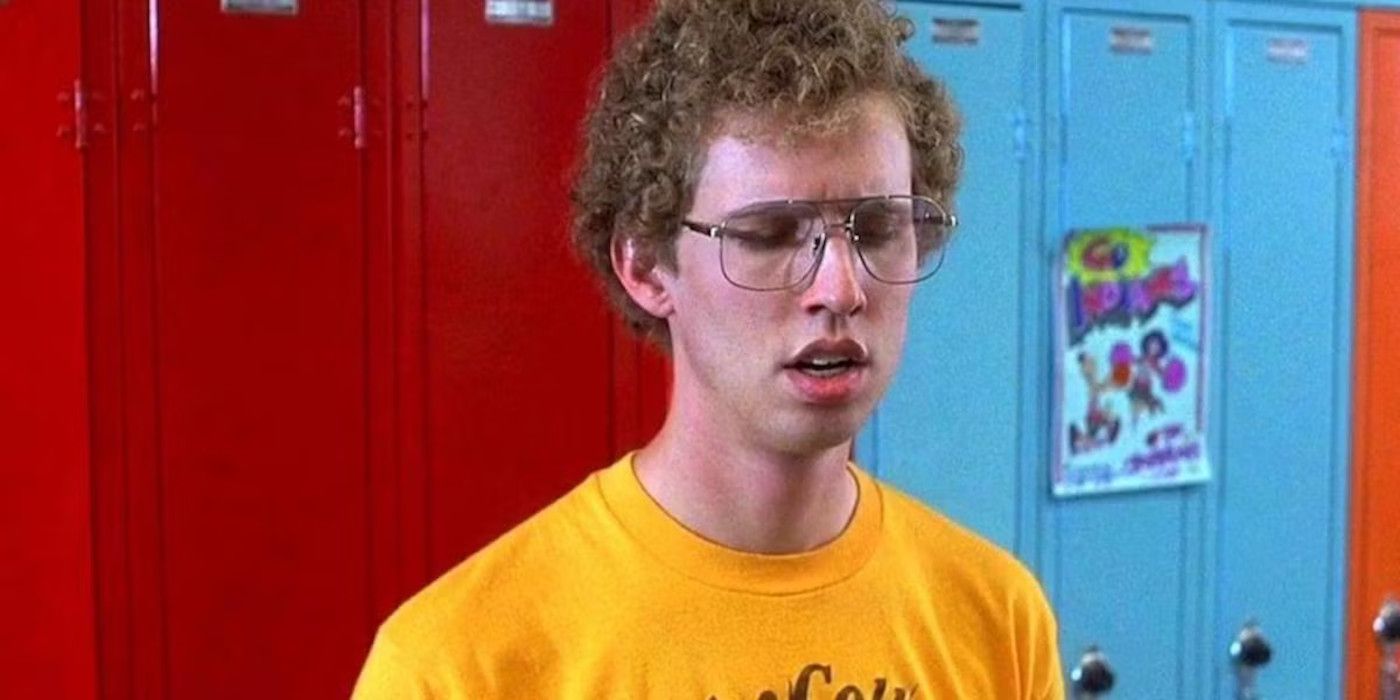Some movies open big, while others open quietly and then refuse to die. Sleeper hits are the films that sneak up on everyone; they arrive with little fanfare, often on modest screens and tiny marketing budgets, only to build word-of-mouth momentum that turns them into pop culture juggernauts. These are the movies that audiences discovered, championed, and kept returning to until Hollywood had no choice but to take notice.
Sadly, we don’t really have much box office data for movies before the 1960s or so. However, we do have numbers for most post-New Hollywood efforts and can appreciate how many modern classics have benefited from being slowly discovered by audiences. From cult comedies to horror phenomena, here are ten modern classics that started small and finished huge.
10
‘Office Space’ (1999)
Directed by Mike Judge
“Yeah… I’m gonna need you to go ahead and come in on Saturday.” Office Space bombed in theaters, there’s no polite way to say it. Released with minimal studio support and a marketing campaign that didn’t know how to sell deadpan satire, it limped through its theatrical run, barely making a dent. But once it hit DVD, it became something else entirely: a cubicle-era manifesto for disillusioned workers everywhere. What makes it legendary now is how perfectly it captured late-’90s workplace misery, replete with TPS reports, malfunctioning printers, and existential dread set to hip-hop.
This is the office cubicle as a Kafkaesque nightmare (but funny). Ron Livingston gives the ultimate checked-out performance, while Gary Cole‘s Bill Lumbergh became an instant office villain archetype. Today, Office Space is frequently quoted and rewatched by stans, and its contributed more than a few memes to Internet culture. The movie’s themes still resonate, and its influence lives on in shows like Severance.
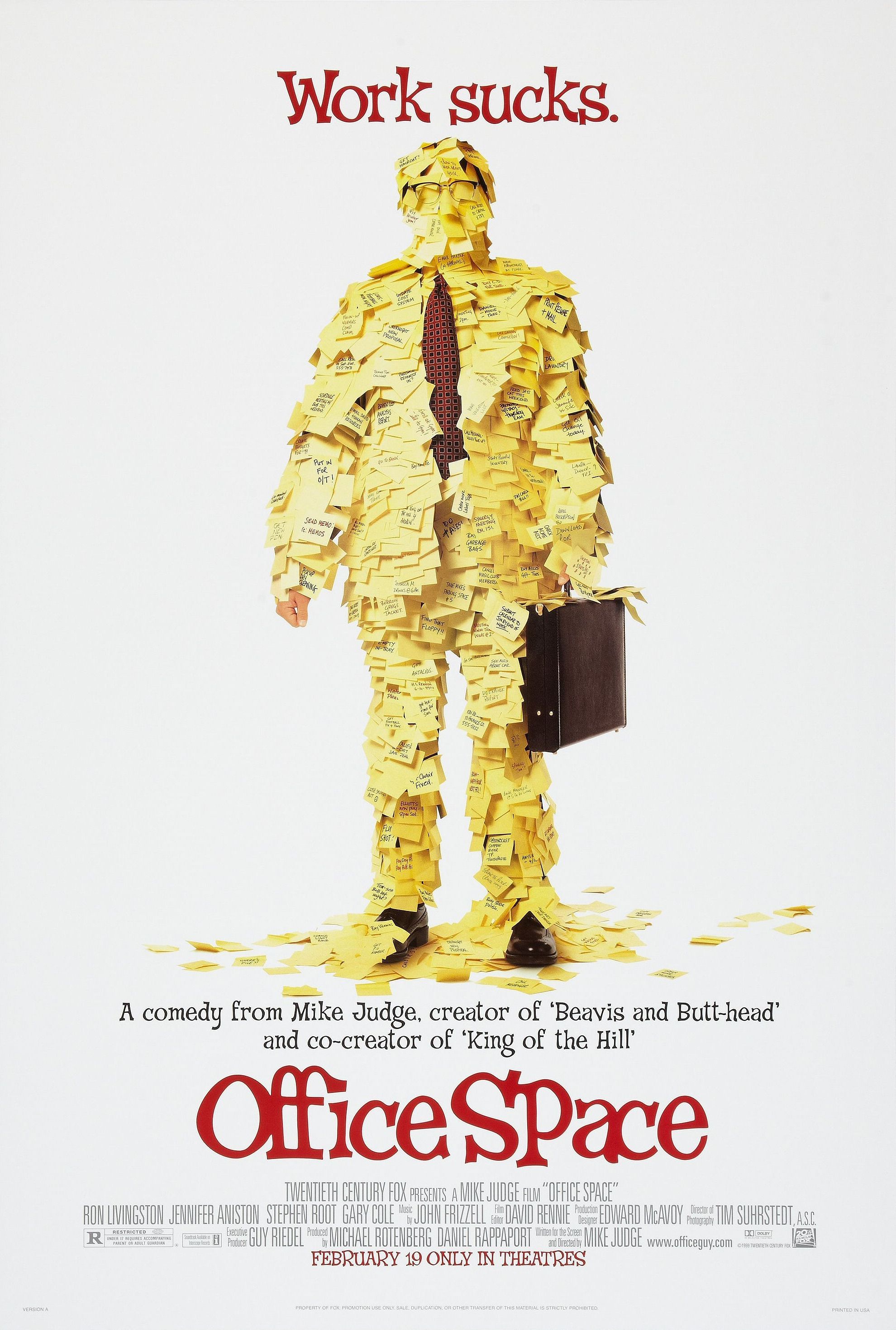
Office Space
- Release Date
-
February 19, 1999
- Runtime
-
89 minutes
- Director
-
Mike Judge
9
‘The Rocky Horror Picture Show’ (1975)
Directed by Jim Sharman
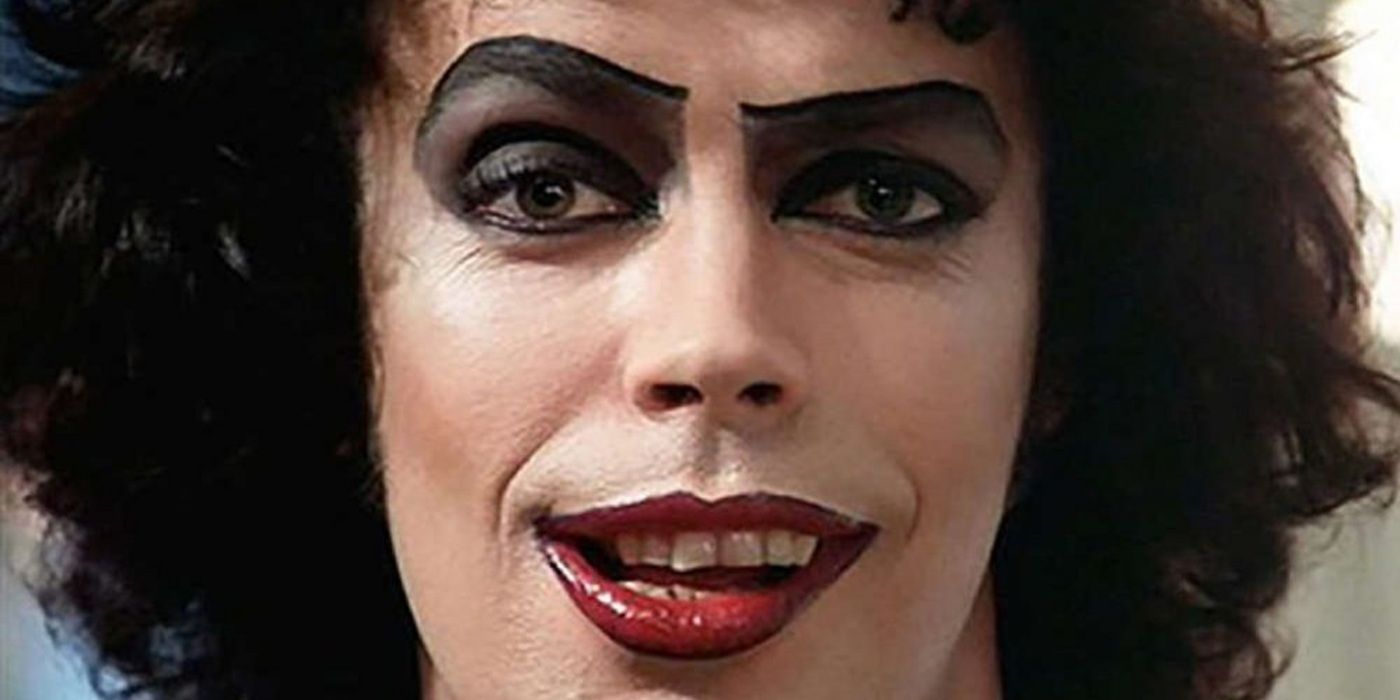
“It’s just a jump to the left…” This time-warping extravaganza is the definition of a cult classic. Few people expected The Rocky Horror Picture Show to last more than a week. Released in 1975 to weak reviews and tiny ticket sales, it seemed destined for obscurity. But then came the midnight screenings, the costumes, the callbacks, and the audience participation. Within a year, it became a full-blown cultural ritual, and it hasn’t stopped playing since.
The film became a permanent fixture at art house theaters, racking up slow but steady grosses year after year until it became one of the longest-running theatrical releases in history. Its impact has been seismic. Dr. Frank-N-Furter (Tim Curry) became a queer icon, the songs became karaoke staples, and the film’s message of self-expression turned it from a flop into a phenomenon. Initial reviewers were skeptical, but nowadays, Rocky Horror is frequently ranked among the greatest movie musicals of all time.
8
‘Romancing the Stone’ (1984)
Directed by Robert Zemeckis
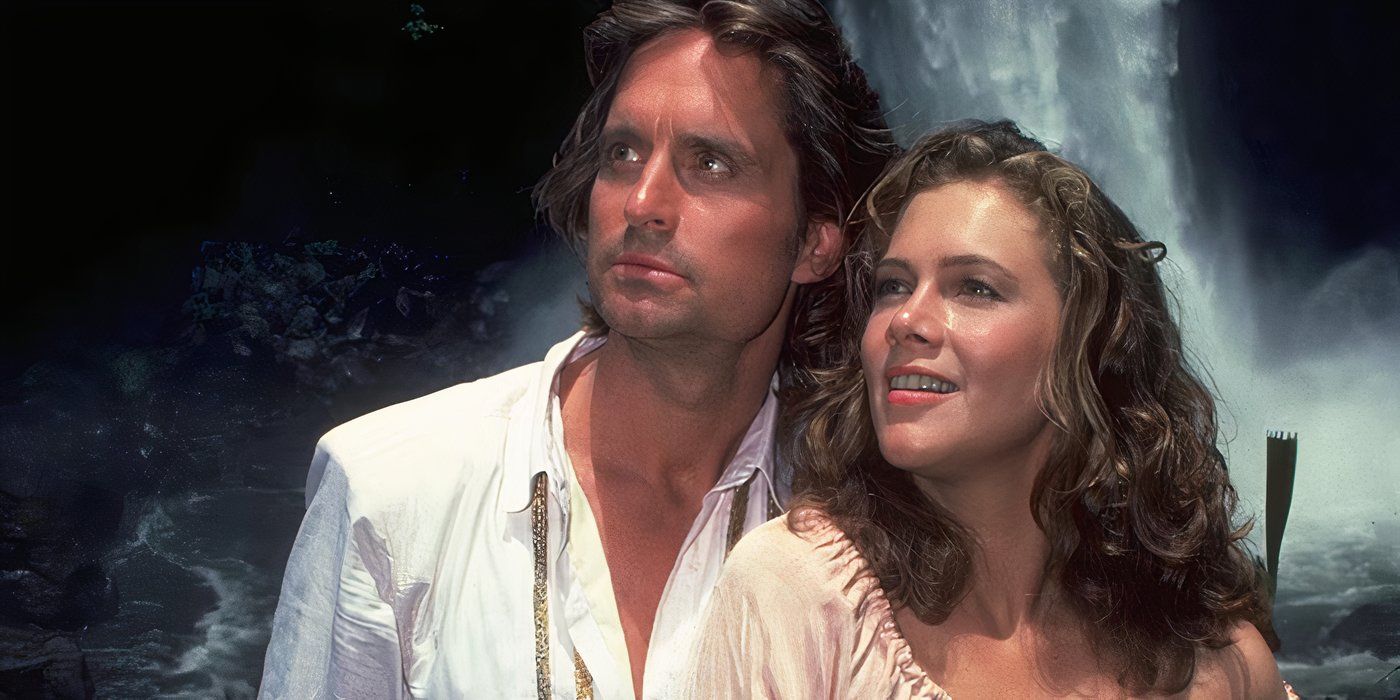
“Joan Wilder? The Joan Wilder?!” Before Robert Zemeckis became the king of crowd-pleasers, he made Romancing the Stone, a rom-com adventure that the studio had so little faith in, they delayed its release and nearly canceled his next project. Then it opened… quietly, but thanks to glowing word-of-mouth, it stayed in theaters for months, climbing week after week until it became a surprise hit. Audiences fell for the unlikely mix of romance, slapstick, and Indiana Jones-style action.
Michael Douglas and Kathleen Turner had electric chemistry, and Danny DeVito added just the right level of chaos. It also proved that action and romance could mix without one undercutting the other. Romancing the Stone started small but climbed to blockbuster status through sheer charm and momentum. It ultimately grossed a respectable $86m against a budget of just $10m. More importantly, the film’s success helped greenlight Back to the Future.
7
‘Scream’ (1996)
Directed by Wes Craven
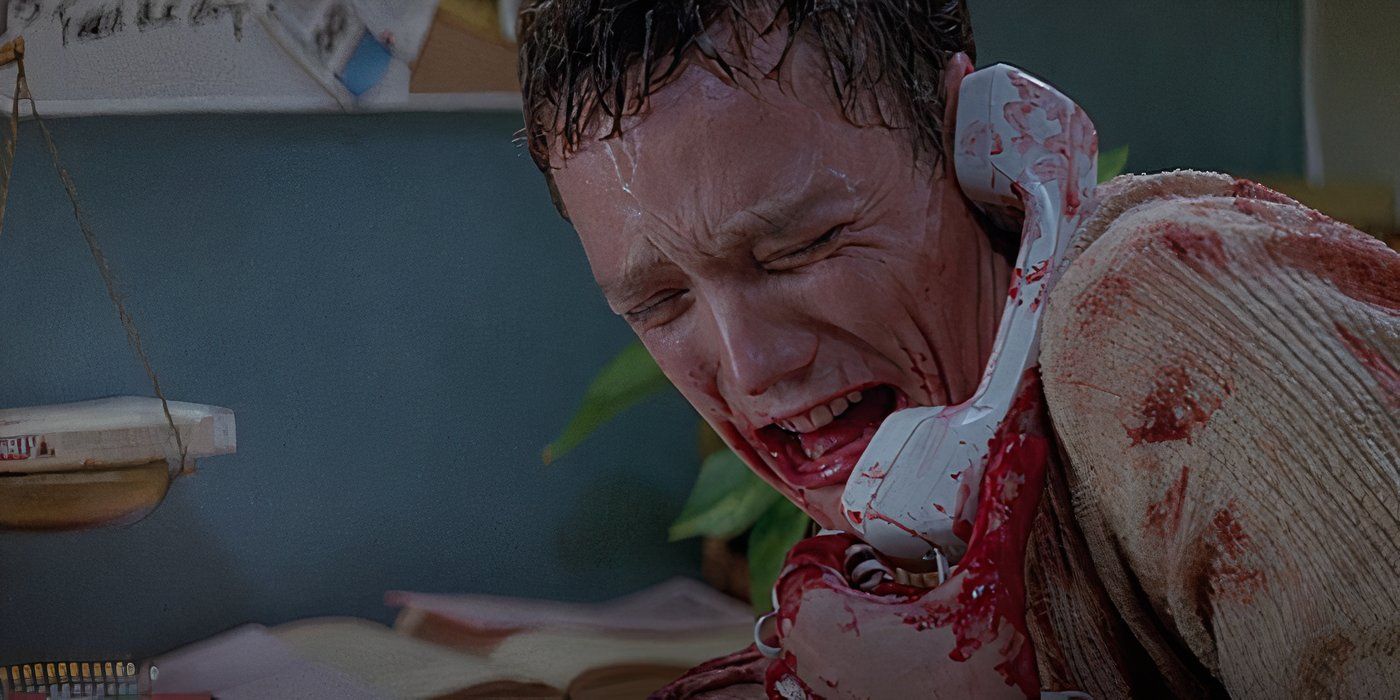
“Do you like scary movies?” Wes Craven‘s meta-slasher wasn’t expected to be a hit. Released during the dead zone of late December and aimed at a horror audience that had largely moved on from the slasher genre, Scream looked like a small, low-budget curiosity at best. But then word spread. Fast. Audiences who did show up told their friends, and the film’s smart blend of self-aware humor and genuine scares kept bringing people back.
Week after week, it held steady, even growing its box office total as January rolled on, a rare feat for a horror movie. Its total box office haul was a whopping $173 million, and the sequels have continued to draw big audiences ever since. Neve Campbell, Courteney Cox, and David Arquette became instant horror royalty, while Matthew Lillard and Skeet Ulrich gave the film its manic edge. By the time Ghostface’s mask became a Halloween staple, Scream had gone from underdog to genre-redefining juggernaut.
6
‘Dirty Dancing’ (1987)
Directed by Emile Ardolino
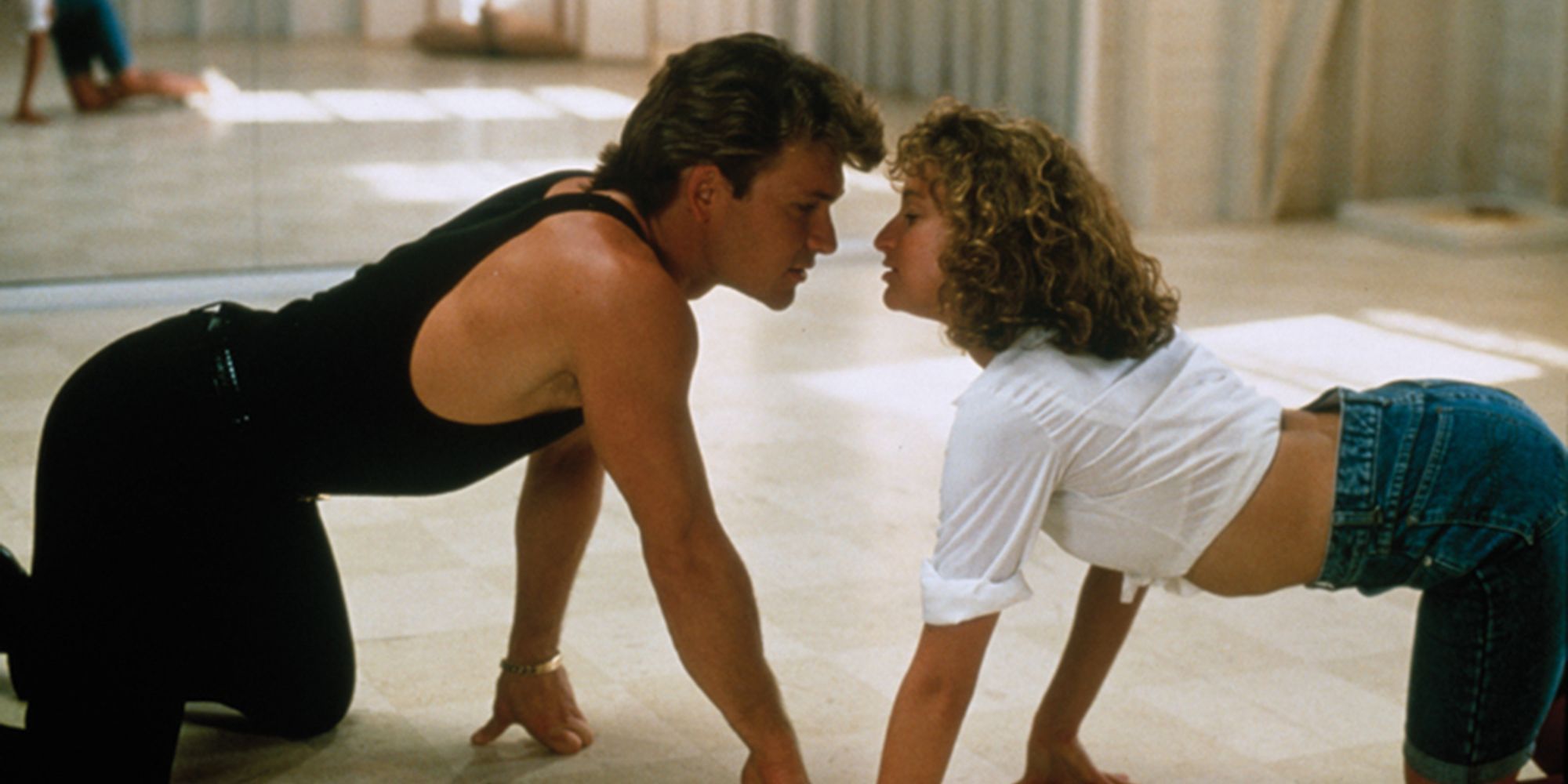
“Nobody puts Baby in a corner.” Dirty Dancing was a small-budget dance romance aimed at a niche audience, with no major stars and a title that didn’t exactly scream “box office gold.” But when it landed, it exploded. Thanks to word-of-mouth, repeat viewings, and a killer soundtrack, the film became one of the surprise sensations of 1987. The dynamic between Patrick Swayze and Jennifer Grey turned out to be magic, and the combination of forbidden romance, social class tension, and dance-floor catharsis struck a universal nerve.
More than just being a commercial success, Dirty Dancing became a bona fide generational touchstone. The soundtrack sold millions, the theme song remains a banger, and the VHS release flew off the shelves. Decades later, the final dance sequence still gets standing ovations at nostalgia screenings. People are still enjoying it, to the point where Dirty Dancing has been logged over a million times on Letterboxd.
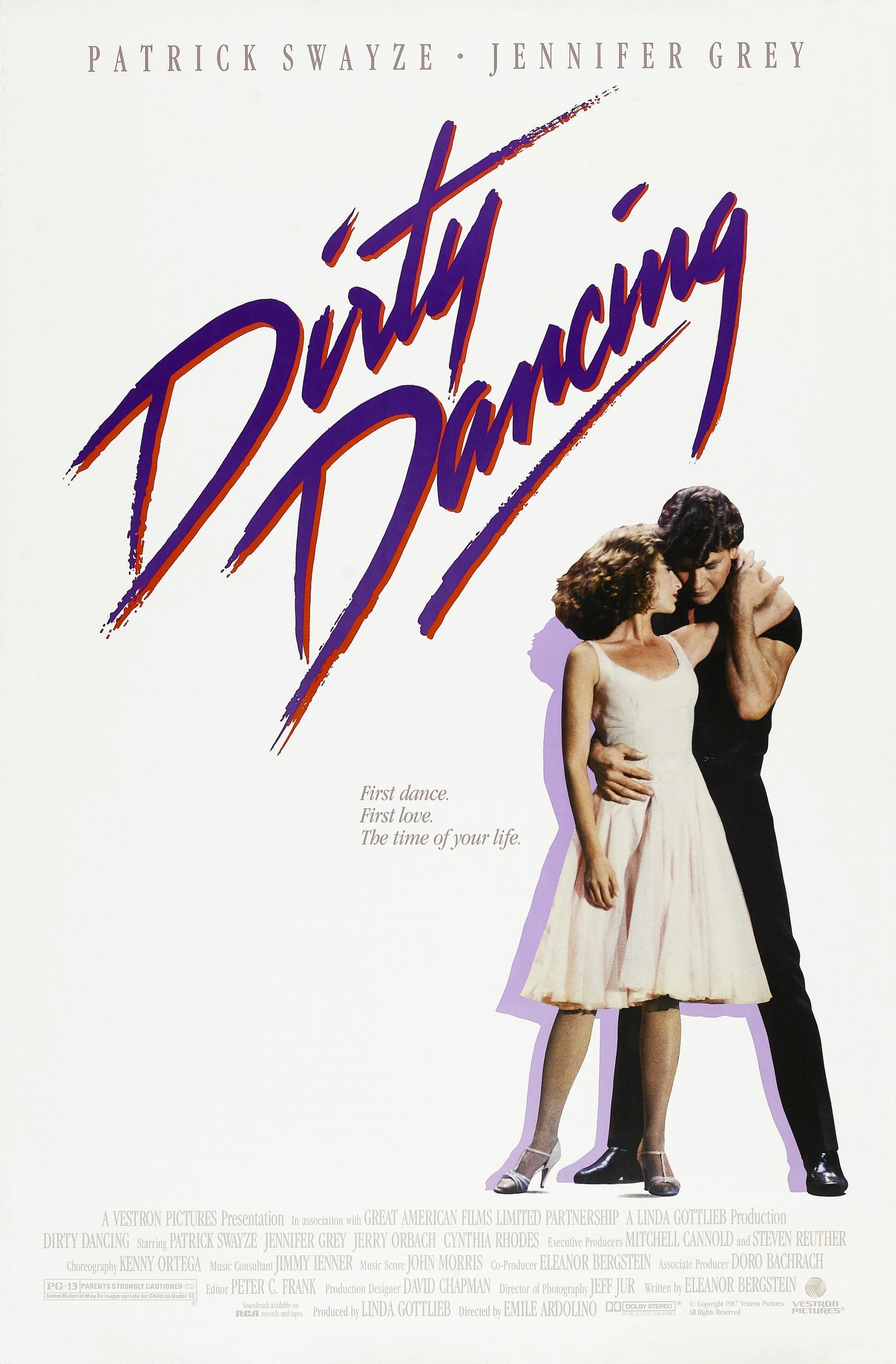
Dirty Dancing
- Release Date
-
August 21, 1987
- Runtime
-
100 minutes
- Director
-
Emile Ardolino
5
‘The Full Monty’ (1997)
Directed by Peter Cattaneo
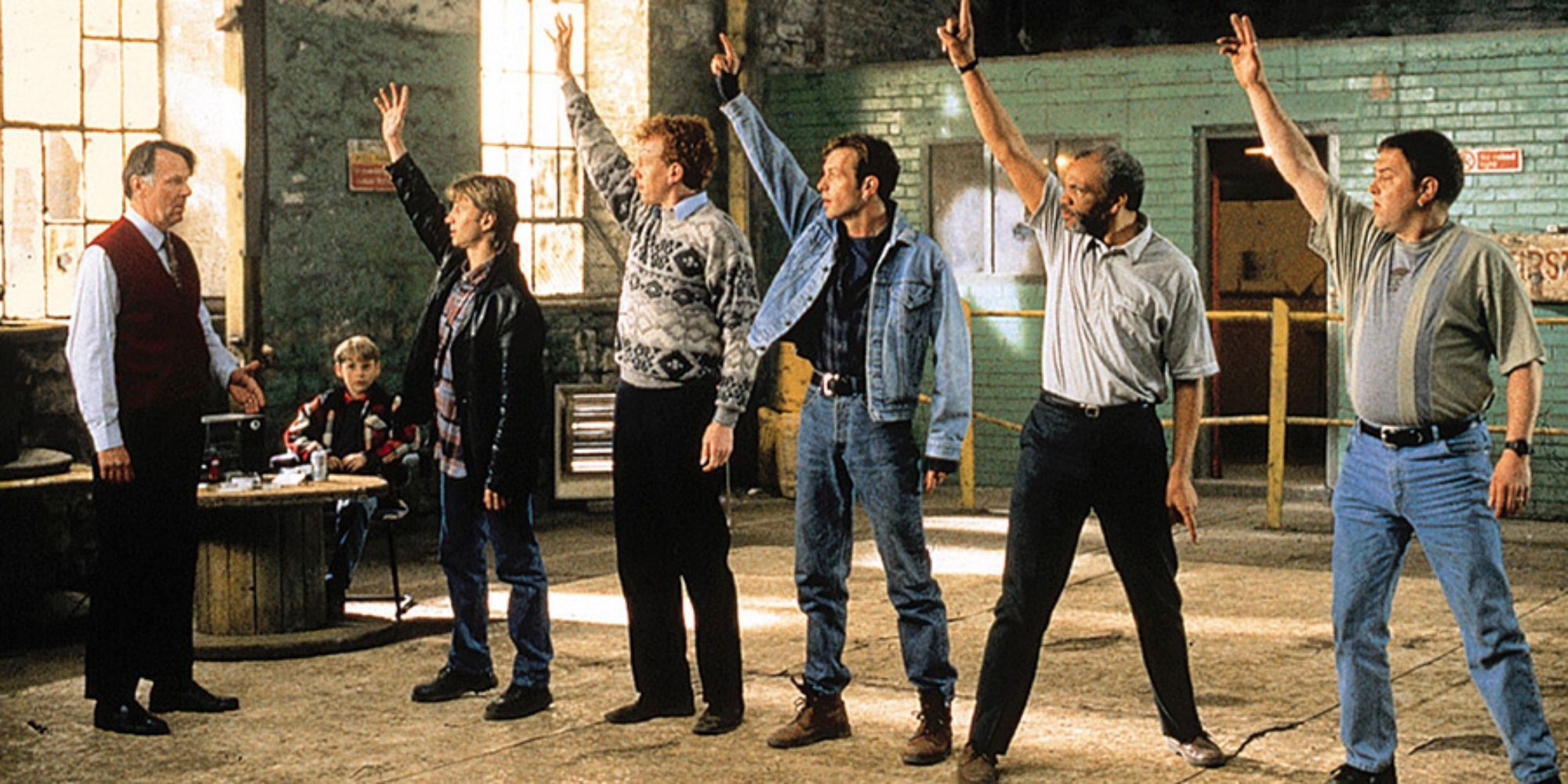
“We may be rubbish, but we’re bloody men.” A British comedy about unemployed steelworkers who decide to become amateur strippers doesn’t exactly scream international box office success, but The Full Monty pulled off the impossible. Opening small in the UK, it snowballed into a global phenomenon thanks to its sharp humor, working-class heart, and unexpected emotional weight. It touched on masculinity, pride, and economic hardship without getting preachy, and audiences everywhere responded.
By the time it opened wide in the U.S., it was already a word-of-mouth sensation. It grossed over $250 million worldwide on a shoestring budget, got nominated for Best Picture at the Oscars, and became a defining feel-good hit of the late ’90s. The Full Monty proved that with heart and humor, even the most unlikely premise can pack theaters. The story clearly has staying power, as it’s since been adapted into a musical, a play, and a TV series.
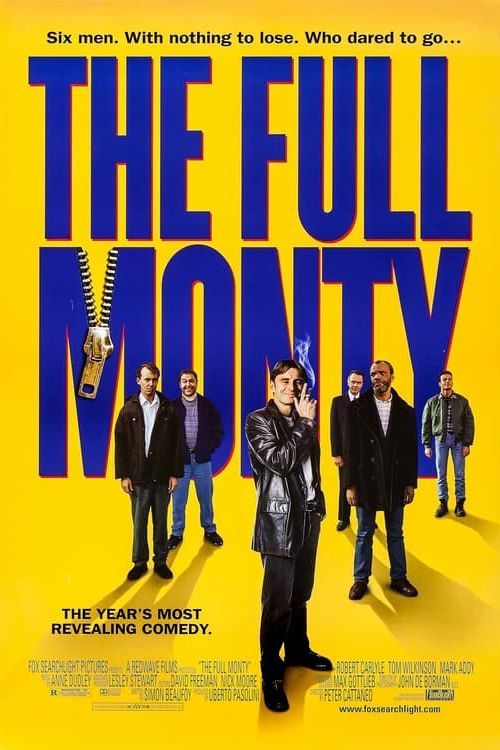
The Full Monty
- Release Date
-
August 13, 1997
- Runtime
-
91 Minutes
- Director
-
Peter Cattaneo
4
‘My Big Fat Greek Wedding’ (2002)
Directed by Joel Zwick
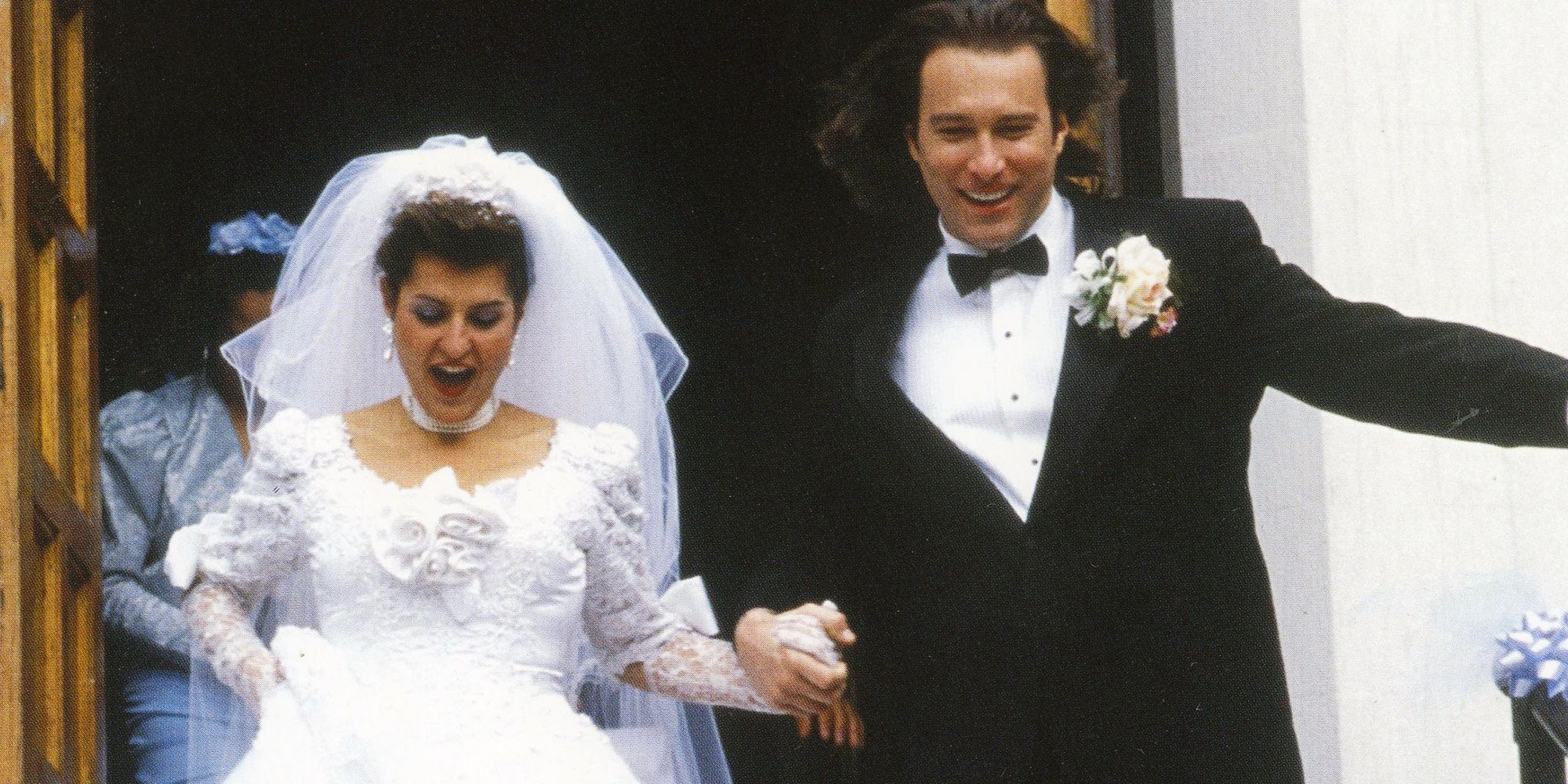
“Don’t let your past dictate who you are, but let it be part of who you will become.” Another feel-good classic, My Big Fat Greek Wedding is an emblematic sleeper hit: a movie that never hit No. 1 at the box office but stayed in theaters for nearly a year. It was made for under $5 million, had no major stars, and was released quietly in limited theaters. But thanks to relentless word-of-mouth, repeat viewings, and universal themes about family and identity, it eventually grossed over $350 million worldwide.
Indeed, the flick became a pop culture talking point, spawning sequels, a sitcom, and endless references in wedding speeches. Writer-star Nia Vardalos turned personal experience into global relatability, and the result was a romantic comedy that beat the odds, and then some. My Big Fat Greek Wedding is full of heartwarming moments and more than a few quotes about marriage and relationships that are surprisingly deep.
3
‘Napoleon Dynamite’ (2004)
Directed by Jared Hess
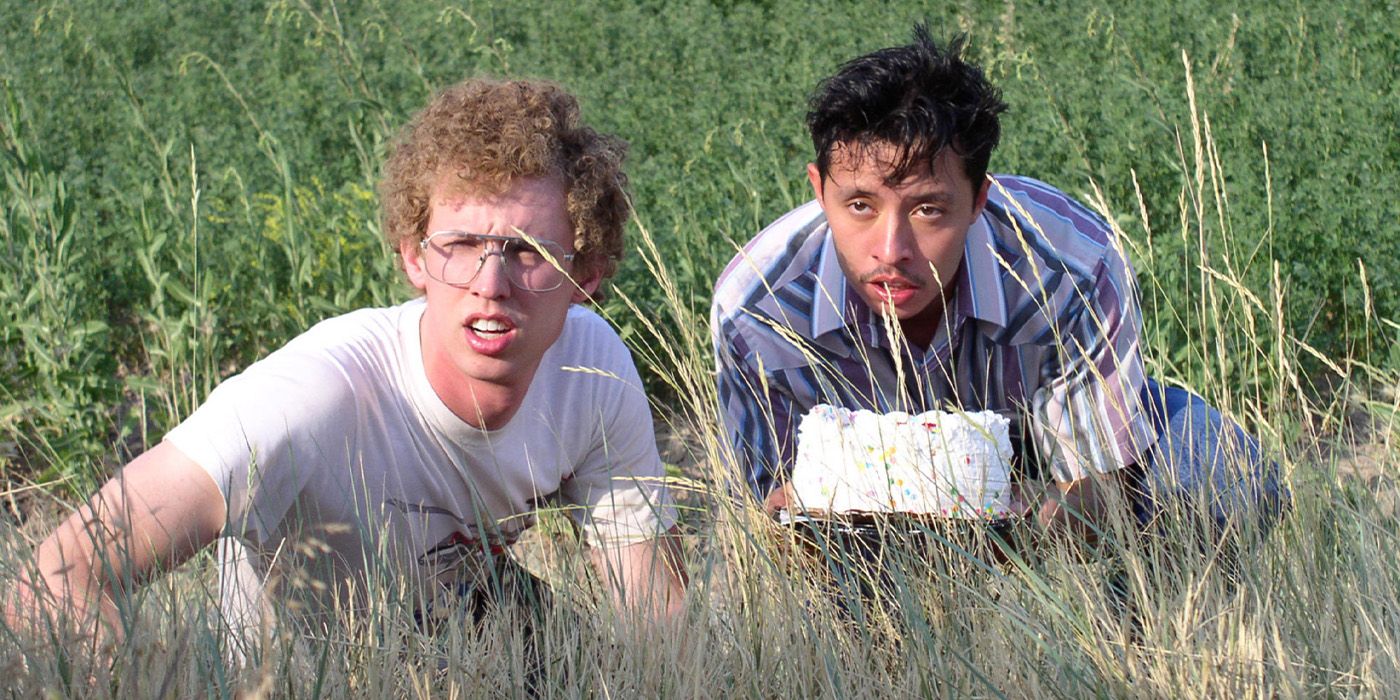
“Gosh!” Napoleon Dynamite cost less than half a million dollars to make and looked like it. Shot with deadpan awkwardness and filled with characters that felt like they wandered in from a forgotten yearbook photo, the film seemed destined for cult status at best. But something strange happened: people didn’t just like it, they quoted it, memed it (before memes were memes), and dragged their friends back for repeat viewings. Its rollout was slow and regional at first, but its box office kept climbing as word-of-mouth spread like wildfire.
Jon Heder‘s performance became instantly iconic, and the film’s unapologetic weirdness made it a generational reference point for awkward teens and indie comedy lovers everywhere. Beneath the llamas and dance routines, this movie has an oddball kind of genius and is a weirdly great snapshot of the mid-2000s. By the end of its run, Napoleon Dynamite had made over $46 million, nearly 100 times its budget. Not bad for a guy who just wanted some tots.
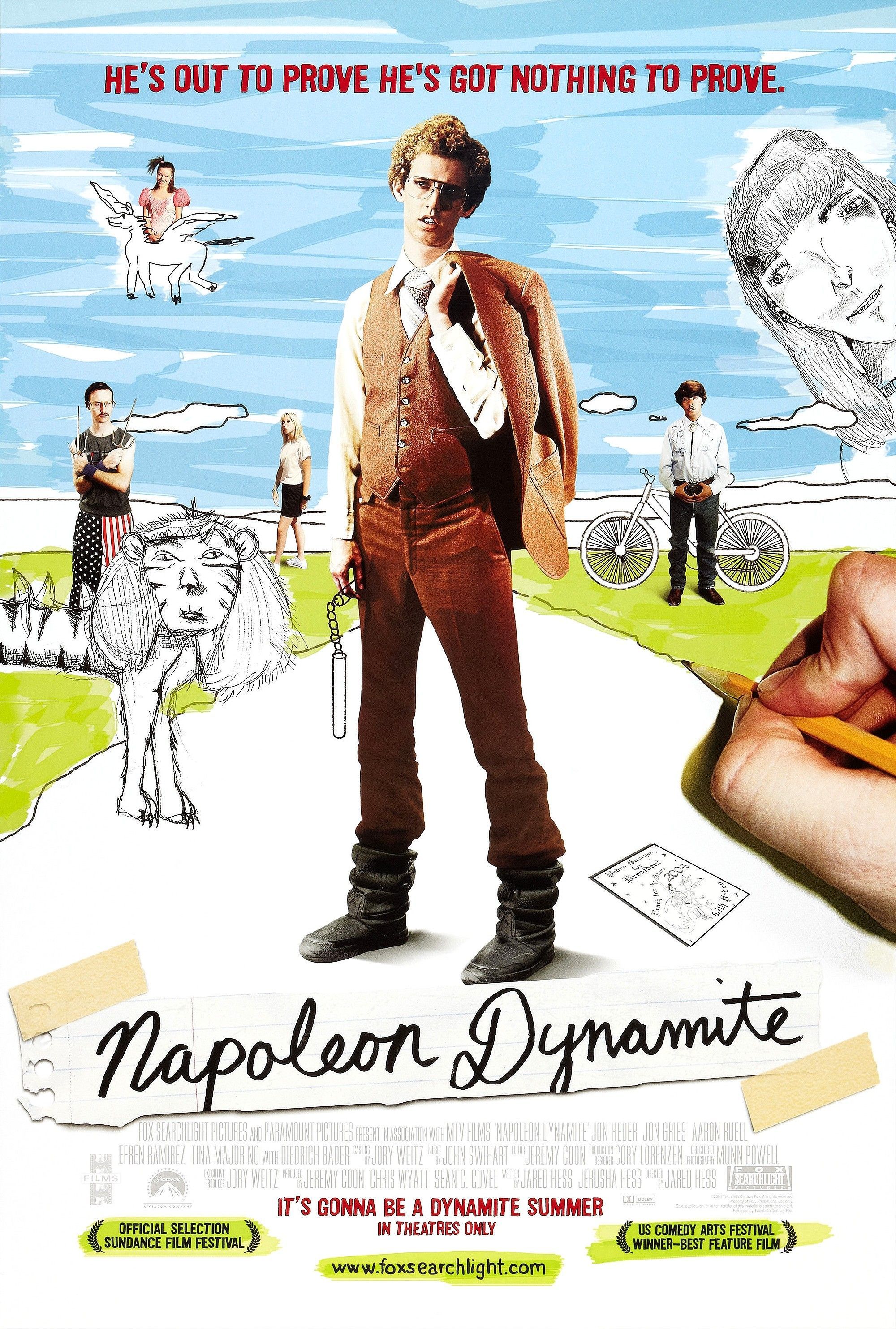
Napoleon Dynamite
- Release Date
-
August 27, 2004
- Runtime
-
96 minutes
- Director
-
Jared Hess
2
‘The Blair Witch Project’ (1999)
Directed by Daniel Myrick and Eduardo Sánchez
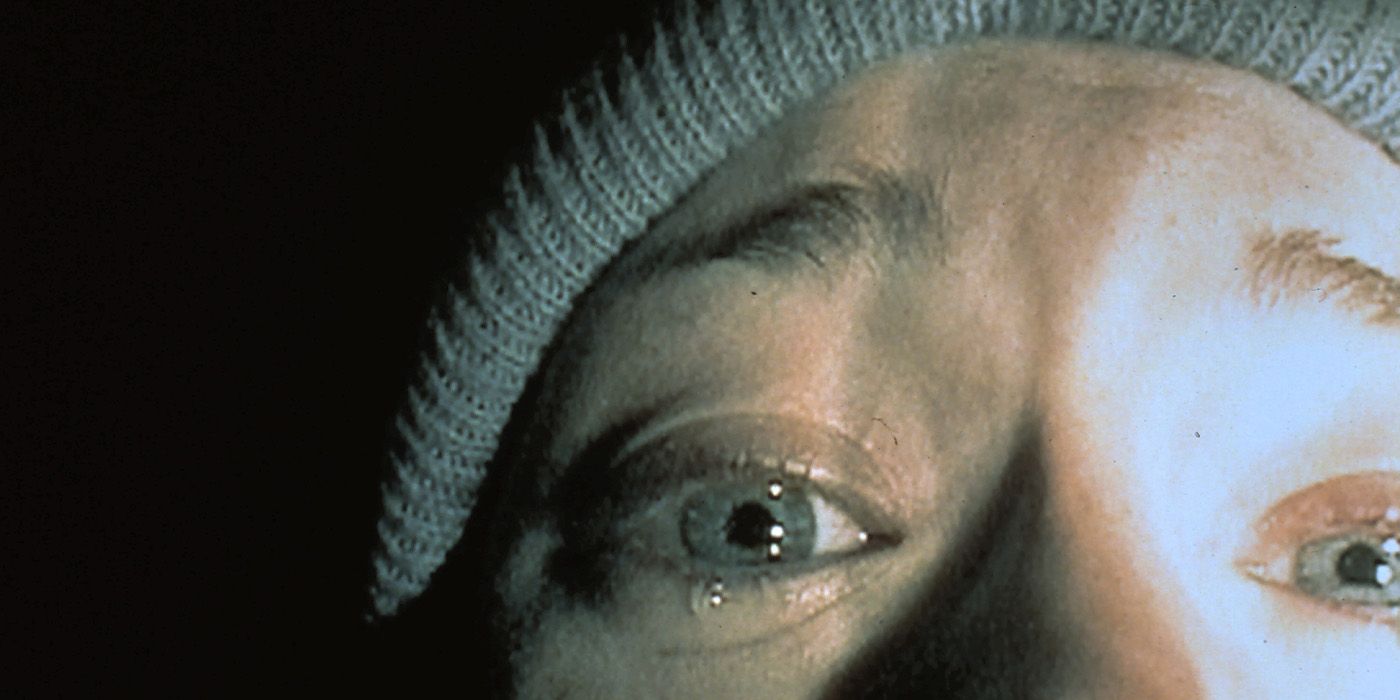
“I’m so scared.” The Blair Witch Project‘s production was shoestring. It was shot on handheld cameras for around $60,000 and featured unknown actors. However, its marketing, built around viral tactics and early internet buzz, was years ahead of its time. Some audiences went in thinking it might be real and left shaken, confused, and telling their friends they had to see it for themselves. It’s all the more impressive that the movie managed to be so freaky while showing so little.
The shaky camerawork and ambiguous ending polarized viewers but turned the movie into a cultural event. With a total box office haul of nearly $250 million worldwide, The Blair Witch Project broke records and rewrote the rules for horror marketing and indie filmmaking. Even now, it remains a textbook case of how atmosphere, hype, and minimalism can deliver maximum impact. While many horrors have since borrowed from its playbook, arguably none have surpassed it.
1
‘Halloween’ (1978)
Directed by John Carpenter
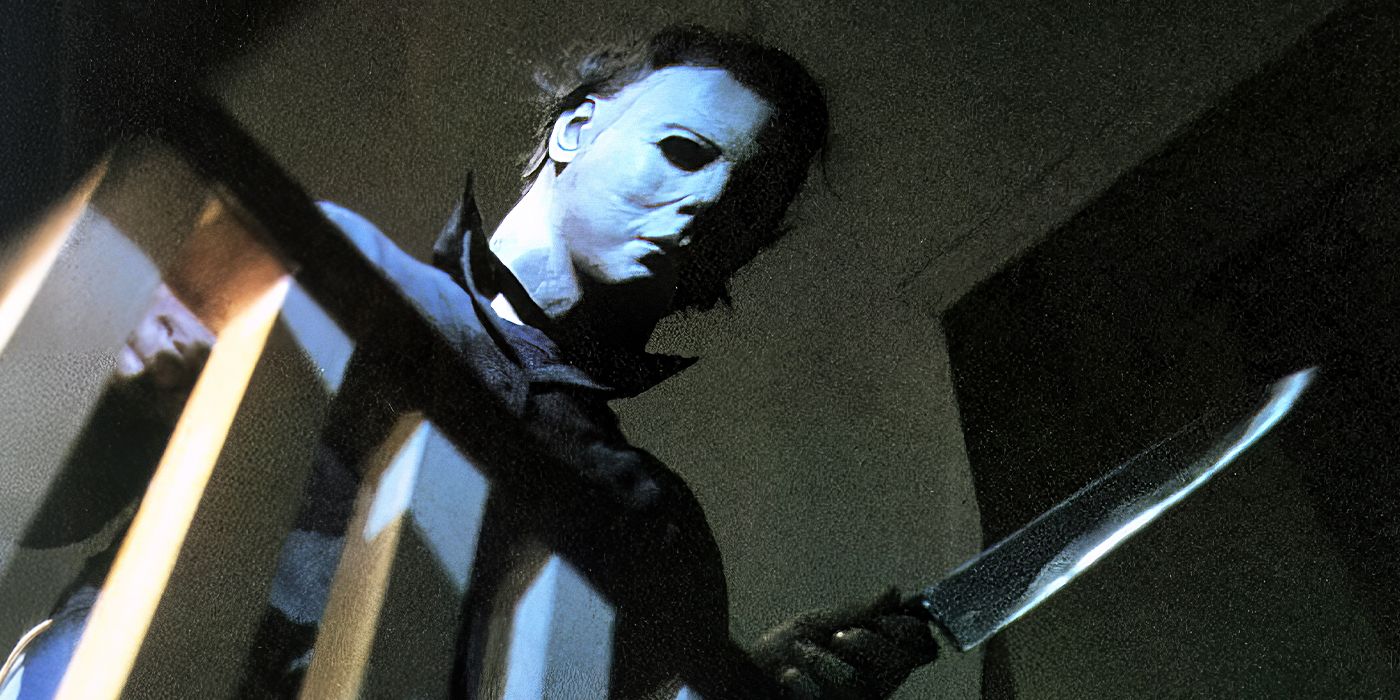
“You can’t kill the boogeyman.” Halloween had a relatively low budget, no major stars, and no real advertising push. Through sheer audience word-of-mouth and slow regional rollouts, it became a box office sensation, eventually bringing in over $47 million worldwide (that would be over $200 million in today’s dollars). Its blend of minimalist storytelling, hard-hitting scares, and John Carpenter‘s iconic score made it irresistible for horror fans and mainstream audiences alike. The movie still holds up after all these decades, ranking among its director’s very best work.
The tension is relentless, the pacing immaculate, and Jamie Lee Curtis‘ performance cemented her as a scream queen for the ages. In the process, Halloween not only launched one of the most successful horror franchises ever but also proved that independent horror could be commercially unstoppable. Its success paved the way for dozens of imitators, but none could quite capture its stripped-down, white-masked magic.
NEXT: The 10 Greatest Horror Movies Where Nobody Wins
